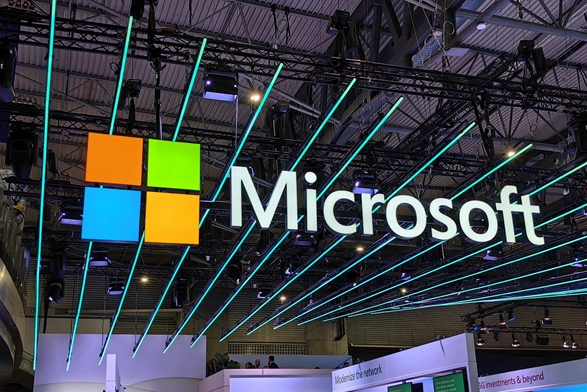September 3, 2023 – Amidst the dynamic landscape of global non-memory semiconductor markets, a recent report from the Korea Institute for Industrial Economics & Trade reveals a contrasting picture of market shares. Last year, South Korea held a modest 3.3% market share in the non-memory semiconductor domain, marking a fraction of both Japan’s market presence and half that of Mainland China.
The report unveils that the total scale of the global non-memory semiconductor market reached a substantial 593 trillion Korean won (approximately 3.27 quadrillion Chinese yuan) last year. In terms of regional distribution, the United States emerged as the front-runner, commanding a dominant 54.5% share, followed by Europe (11.8%), the Chinese Taipei region (10.3%), Japan (9.2%), and Mainland China (6.5%).

South Korea’s market stake amounted to a relatively modest 20 trillion Korean won, translating to a mere 3.3% share, placing the nation at the bottom of major players in the global semiconductor value chain. The report further highlights that South Korea’s non-memory semiconductor total sales for the previous year soared to 151 billion USD (about 1.1 quadrillion Chinese yuan). Among the industry titans, Samsung Electronics seized the lion’s share at 112 billion USD (73.9%), followed by LX Semicon Corporation (17 billion USD, 11.2%) and SK Hynix (8.9 billion USD, 5.9%).
As we delve into the realm of system semiconductors, it becomes evident that each region boasts unique competitive strengths and strategic orientations. The United States maintains an overwhelming grip on a significant portion of the market, encompassing integrated circuits (ICs), central processing units (CPUs), application processors (APs), wireless technology, graphics processing units (GPUs), and field-programmable gate arrays (FPGAs). Conversely, Europe centers its focus on microcontrollers (MCUs) for the automotive and industrial robotics sectors, while Japan maintains a competitive edge in discrete semiconductors and MCUs for automobiles and precision machinery. The Chinese Taipei region excels in components for smartphones, tablets, and personal computers, whereas Mainland China showcases a diverse range of manufacturing capabilities and components.












